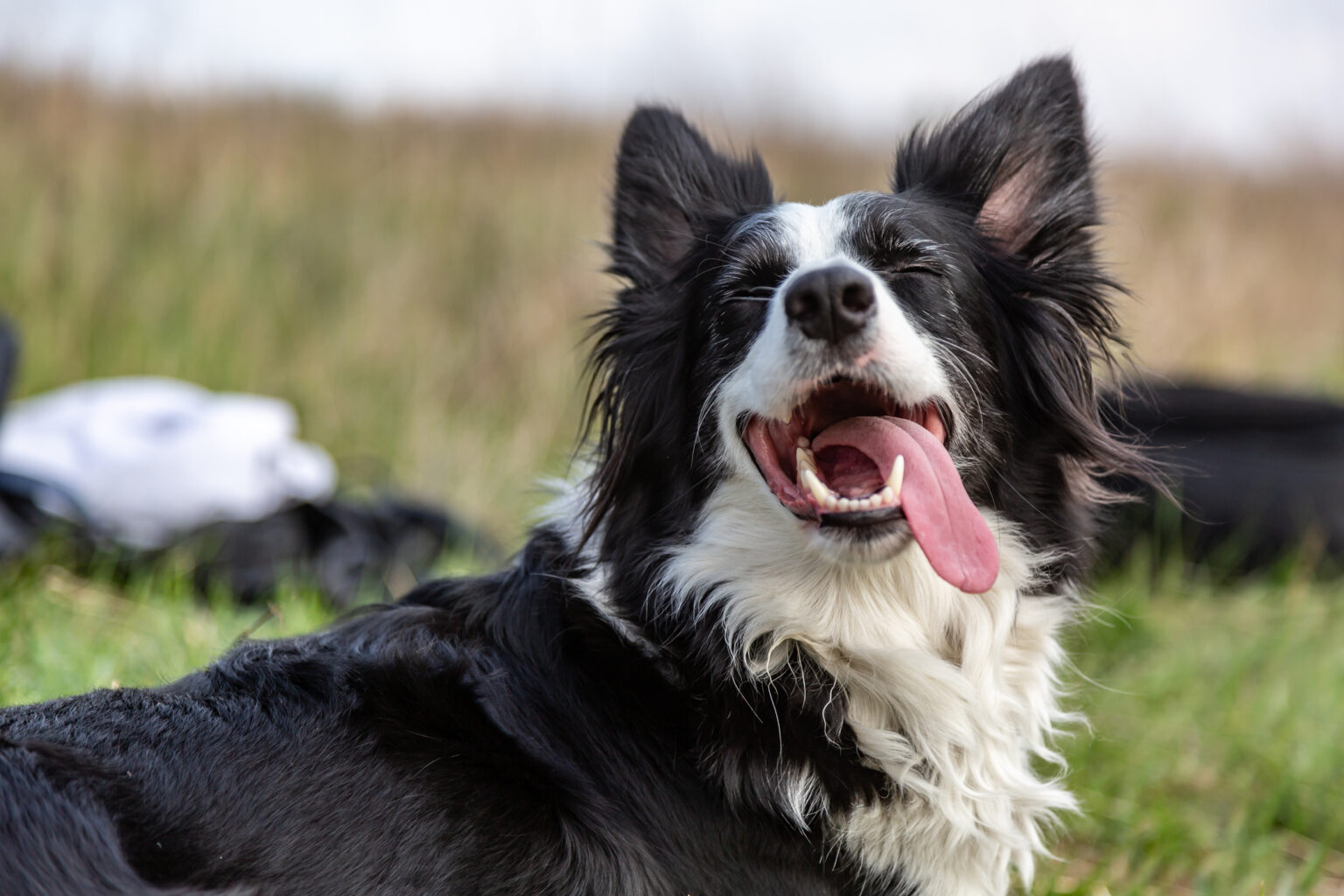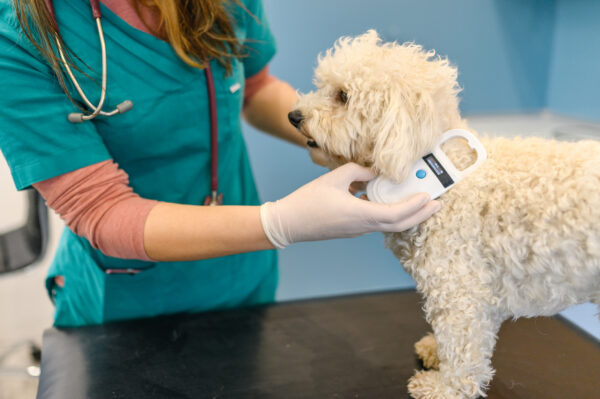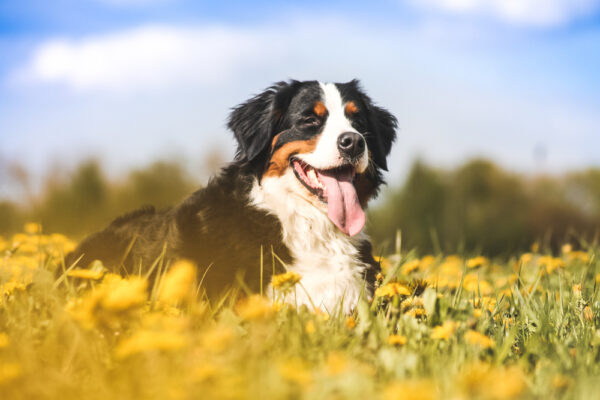Did you know that dental disease is one of the most common conditions seen in veterinary practices? The good news is that regularly brushing your pet’s teeth can prevent it. But if this sounds like an impossible goal, don’t worry: we have some great tips for you.
So, what is dental disease?
It all starts with plaque: a layer of sticky film (bacteria, essentially) that forms on your pet’s teeth after each meal. If plaque is not removed, it will gradually harden to form a brown or yellow substance on the teeth called tartar. Tartar provides the perfect surface for bacteria to thrive in, which can lead to inflammation of the gums. This is known as gingivitis, and if left untreated, it can develop into a serious condition called periodontitis.
With periodontitis, the gums become infected, which can result in tooth loss. In severe cases, bacteria may enter the body via the bloodstream and cause damage to organs. Gingivitis and early-stage periodontitis, if caught early enough, can be reversible with professional descaling and ongoing home care. However, prevention is always better than cure!
With a diet of raw meat and bones, wild carnivores have natural protection against tooth decay. But the commercial foods we give to domestic pets can contribute to faster bacterial growth in the mouth.
Common signs of dental problems
- Bad breath (usually the first sign of dental disease)
- Tartar and/or reddening of the gums
- Yellow or brown teeth
- Excessive salivation
- Pain when eating
- Loss of appetite
Do I really need to brush my pet’s teeth?
Brushing your pet’s teeth at least three times a week is the single most effective way to keep their mouth healthy. However, we understand this is not always easy (cats in particular can put up a fight should a toothbrush come anywhere near their mouth!). But here’s the thing: you can introduce your cat or dog to a dental care routine without the bloodshed battle. This is how we do it.
How can I get started?
- Brushing your pet’s teeth when they’re young is the best time to start. But remember it’s never too late, as older pets will soon get used to regular brushing.
- Introduce some cat or dog toothpaste first as a treat. This can be placed on a paw or given directly.
- Try brushing slowly so your pet becomes used to having their teeth touched. Start by just touching the teeth and gums with your finger, gradually moving on to a finger toothbrush and lightly brushing the area.
- When your pet fully accepts the finger brush, you can change to a pet toothbrush. The longer handle will help you reach all the areas in the mouth.
- Use a toothbrush and toothpaste designed for cats or dogs. Pet toothpaste is specially formulated for animals and is safe when swallowed.
- There are treatments to help reduce plaque formation (see our recommendations below), but remember, they are not a substitute for brushing.
Recommended products
In addition to brushing your pet’s teeth (or when brushing is very difficult), there are products designed to help reduce the risk of dental disease in pets. These can be added to drinking water (like Vet Aquadent), sprinkled onto food (like Plaque Off) or used as toothpaste (like Logic Oral Hygiene Gel).
Dental chews can also help prevent plaque from building up. Our pups’ favourites are Dentastix and Whimzees. But be mindful not to overfeed, as some dental chews can be high in calories.
Annual vet checks are important too, since your pet’s mouth can tell your vet a lot about their general wellbeing. On some occasions, your vet may recommend a dental descaling. Dental treatments can be costly and often involve your pet being put under general anaesthesia. Therefore, having a good dental routine could end up saving your pet from further complications and distress. Toothbrush at the ready!



